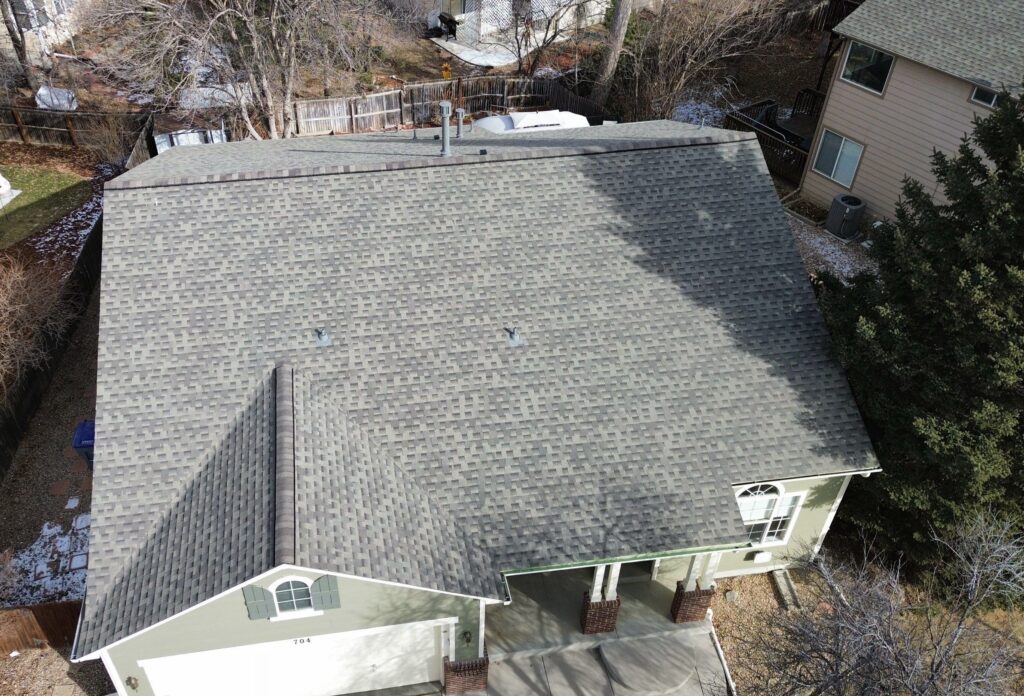Wind damage can compromise the integrity of your roof, leading to leaks, structural issues, and costly repairs. High winds, often accompanied by storms, can loosen, lift, or even tear off shingles, exposing your home to further damage. Identifying the warning signs early and taking immediate action can prevent more extensive problems.
When to Inspect Your Roof for Wind Damage
Regular inspections are essential to maintaining your roof’s condition, especially after severe weather events. It is advisable to check for wind damage in the following situations:
- After strong windstorms – Gusts above 45 mph can loosen shingles, while higher speeds can cause serious structural issues.
- Following hurricanes or severe thunderstorms – Heavy rain and wind can work together to compromise roofing materials.
- After hailstorms – Hail can weaken shingles, making them more vulnerable to wind damage.
- Before and after winter storms – Snow accumulation combined with wind can strain your roof.
If your area experiences high winds, schedule a roof inspection as soon as possible to assess any potential damage.
Common Signs of Wind Damage on Your Roof
Wind damage may not always be immediately visible from the ground, but there are key indicators that signal roof deterioration.
1. Missing or Loose Shingles
Strong winds can lift or completely remove shingles, leaving sections of your roof exposed. If you find shingles scattered around your yard, your roof may have suffered damage.
2. Shingle Curling or Lifting
Wind can break the seal between shingles, causing them to curl, buckle, or lift. This makes them more susceptible to water infiltration.
3. Excessive Granule Loss
Shingle granules provide protection against UV rays and weathering. If you notice an accumulation of granules in your gutters or near downspouts, your shingles may have been damaged.
4. Damaged Roof Flashing
Flashing, which seals areas around chimneys, vents, and skylights, can be loosened or torn away by strong winds. If flashing is bent, cracked, or missing, water can seep into your home.
5. Damaged Soffits and Fascia
Soffits and fascia provide essential structural support to your roof. Wind can crack, loosen, or tear them off, leading to further deterioration over time.
6. Leaking or Water Stains Inside Your Home
If your ceiling or walls show signs of water intrusion—such as stains, peeling paint, or mold growth—your roof may have been compromised by wind damage.
7. Tilted or Damaged Chimney
A misaligned or cracked chimney can indicate significant wind damage, as shifting bricks suggest movement in your roof’s structure.
Immediate Steps to Take After Identifying Wind Damage
If you suspect wind damage to your roof, follow these steps to minimize further problems and start the repair process:
1. Conduct a Preliminary Inspection
Check for visible damage from the ground, using binoculars if necessary. Look for missing shingles, debris, and signs of roof deterioration.
2. Document the Damage
Capture clear photos of all visible damage to support your insurance claim. Having clear documentation can help with claim processing.
3. Inspect the Attic for Leaks
Check for damp insulation, water stains, or mold in your attic, as these indicate moisture infiltration.
4. Contact a Professional Roofing Contractor
Consulting with experienced roofers in Denver ensures a thorough assessment of your roof’s condition. Professionals can identify hidden damage and provide repair recommendations.
5. Submit an Insurance Claim If Needed
If the damage is severe, reach out to your homeowner’s insurance provider to start the claims process. Provide documentation and schedule an inspection with an insurance adjuster.
6. Schedule Repairs Without Delay
Delaying roof repairs can lead to further issues, including structural weakening and higher repair costs. Work with a reliable roofing company in Denver to restore your roof promptly.
Preventative Measures to Protect Your Roof from Wind Damage
Taking proactive steps can help reduce the risk of wind-related roof damage in the future.
- Install High-Quality Roofing Materials – Opt for wind-resistant shingles designed to withstand extreme conditions.
- Reinforce Roof Fasteners – Secure shingles with additional nails or adhesive to prevent them from loosening.
- Trim Overhanging Trees – Falling branches can cause extensive roof damage during windstorms.
- Inspect Flashing and Seals Regularly – Ensuring proper sealing around roof edges, vents, and chimneys helps prevent wind penetration.
- Schedule Professional Roof Inspections – Routine inspections by experienced Denver roofers can identify vulnerabilities before they turn into costly repairs.
Trusted Roofing Services in Denver
If your roof has sustained wind damage, timely repairs are essential to preventing further deterioration. Tried and True Roofing, a leading roofing company in Denver, specializes in wind damage repairs and preventative roofing solutions. Our expert Denver roofers provide comprehensive inspections, high-quality materials, and professional service to keep your roof in top condition. Contact us today to schedule an assessment and restore your roof’s durability.
Conclusion
Wind damage can threaten the safety and longevity of your home’s roof, but early detection and swift action can prevent more significant problems. By recognizing the signs of wind damage and working with professional roofers in Denver, homeowners can ensure their roofs remain strong and weather-resistant for years to come.


